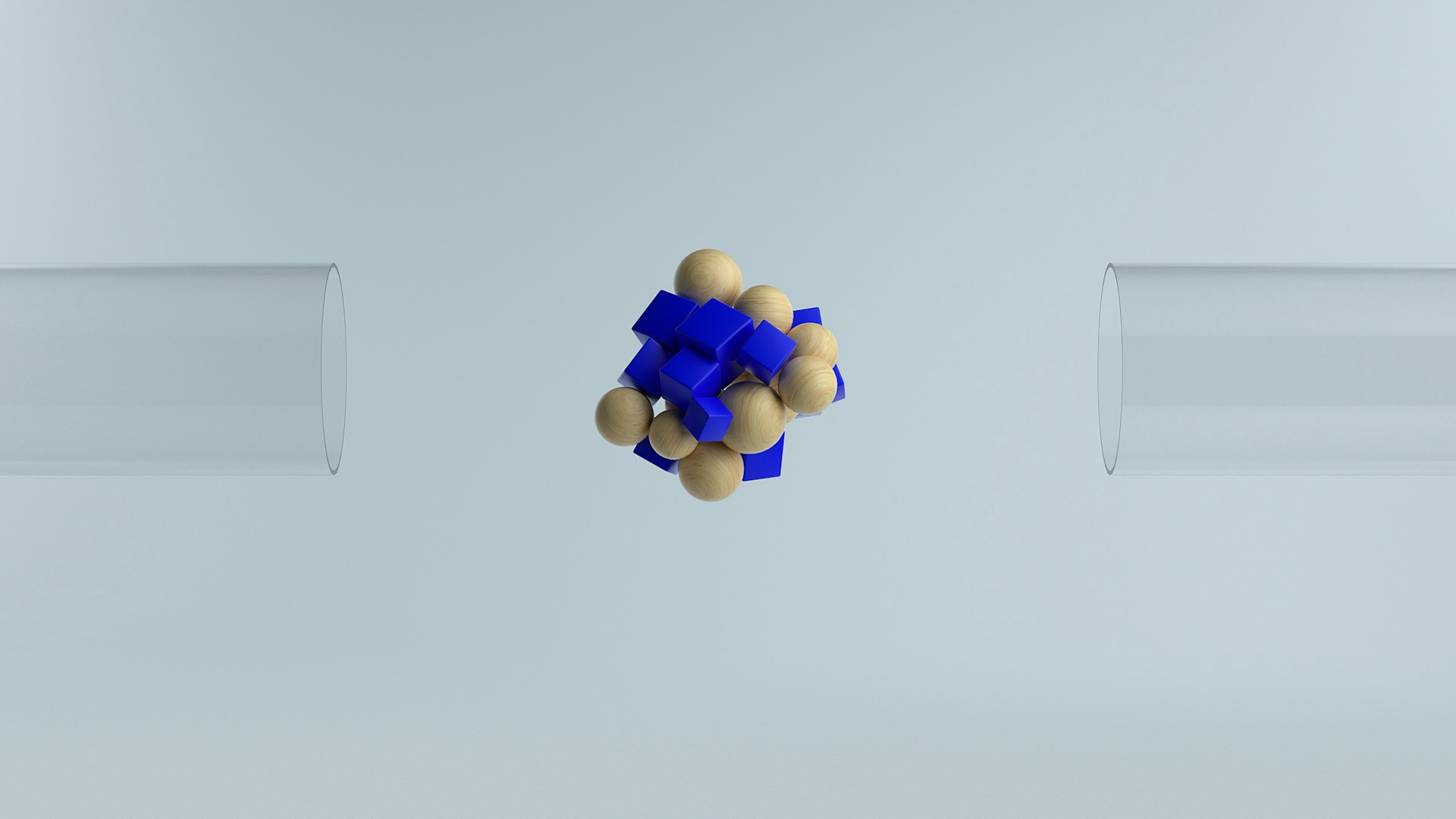Accurate modelling of atomic‐scale interactions on material surfaces underpins the design of next-generation energy storage and conversion devices. Density Functional Theory (DFT) usually used in industry simulations can resolve electronic structures and adsorption energies, but the number of possible surface configurations grows combinatorially, making exhaustive studies infeasible with current computing resources.
To tackle this, Siddharth Deshpande’s team at the University of Rochester introduced a graph-based similarity algorithm that quantifies the structural distance between adsorbate configurations and clusters those that are nearly identical. Their research was published in Chemical Science and can be found here:
Zeng, J., Gui, J., & Deshpande, S. (2025). A structural similarity based data-mining algorithm for modeling multi-reactant heterogeneous catalysts. Chemical Science. https://doi.org/10.1039/D5SC02117K
Assistant professor in the University of Rochester’s Department of Chemical Engineering, Siddharth Deshpande said the following:
“Currently it’s prohibitive and there’s no supercomputer in the world that can do an analysis like that, we need clever ways to manage that large data set, use intuition to understand the most important interactions on the surface, and apply data-driven methods to reduce the sample space.”
In their Chemical Science study, the authors applied the algorithm to a stepped platinum surface (Pt(553)) and investigated how carbon monoxide and hydroxyl species co-adsorb at defect sites. By selecting just around two percent of all unique configurations; identified via normalised Euclidean distances of their ego-graph eigenvalues, they reproduced adsorption energy trends with comparable accuracy to a full enumeration, while cutting computational cost by roughly an order of magnitude.
Beyond platinum, the method is adaptable to multi-component alloys, electrode–electrolyte interfaces in batteries, and solvent effects in liquid-phase catalysis. The similarity filter effectively narrows the configurational phase space, allowing for seamless integration with machine learning workflows and further acceleration of catalyst screening.
In battery research, applying this approach to electrode surfaces could clarify interactions with organic electrolytes and solid-electrolyte interphase components. Such insights may help address capacity fade and dendrite formation in lithium-ion and emerging battery chemistries, ultimately guiding the design of longer-lasting cells.
The authors of this study are Jin Zeng, Jiatong Gui and Siddharth Deshpande.

Hassan graduated with a Master’s degree in Chemical Engineering from the University of Chester (UK). He currently works as a design engineering consultant for one of the largest engineering firms in the world along with being an associate member of the Institute of Chemical Engineers (IChemE).



